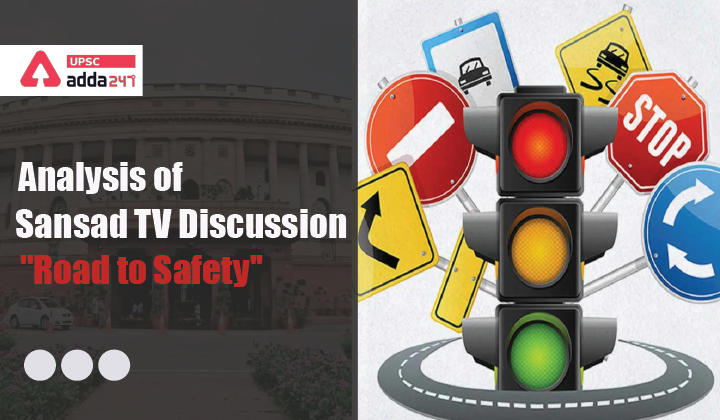Table of Contents
Context
The third Sunday of November every year is observed as the World Day of Remembrance for Road Traffic Victims – to remember the millions of people who’ve been killed and seriously injured on the world’s roads and to acknowledge the suffering of all affected victims, families and communities.
Background
The Global Plan on Improving Road Safety was launched by the United Nations last month, calling on countries to deliver on the resolution’s target by making roads safer in the coming years, saving lives, and preventing serious injuries.
Global Scenario of Road Safety
- Globally, over 3500 people die every day on the roads, which amounts to nearly 1.3 million preventable deaths and an estimated 50 million injuries each year – making it the leading killer of children and young people worldwide.
- An estimate suggests road accidents could cause around 13 million deaths and 500 million injuries during the next decade, particularly in low- and middle-income countries.
- Recognizing the enormity of the problem and the need to act, the UN General Assembly adopted a resolution in September 2020, proclaiming the Decade of Action for Road Safety 2021-2030, with the ambitious target of preventing at least 50% of road traffic deaths and injuries by 2030.
- This year marks the beginning of the Second Decade for Action for Road Safety.
About the global plan on improving Road Safety
- The global plan for the UN Decade of Action for Road Safety was officially launched on 28 October with a global event hosted by the WHO/UNRSC.
- The impetus behind this plan comes from the UN General Assembly resolution on “Improving global road safety”, which proclaimed the years 2021-2030 as the Second Decade of Action for Road Safety.
- The target of this Decade of Action is to reduce road deaths and injuries by at least 50% in the period 2021-2030 thus achieving SDG Target 3.6
How much attention will the Global Plan be able to attract to road safety worldwide?
- The Global Plan aligns with the Stockholm Declaration, by emphasizing the importance of a holistic approach to road safety, and calling on continued improvements in the design of roads and vehicles;
- Enhancement of laws and law enforcement; and provision of timely, life-saving emergency care for the injured.
- The Global Plan also reflects the Stockholm Declaration’s promotion of policies to promote walking, cycling and using public transport as inherently healthy and environmentally sound modes of transport.
What kind of action is required to increase awareness and sensitivity about road safety in India?
- What is needed is removing the human interface from Enforcement and extensive use of Intelligent Transportation System (ITS) technologies to capture violations is the way forward.
- Bystander Training Programme should be undertaken in a time-bound manner along all National and State Highways, to begin with.
- The tea stall, dhabha and petrol pump staff on main highways in the country should be taught first aid to help the accident victims.
- The latest intervention in the trauma care area by the DRDO Scientists who have created a Motorbike Ambulance called ‘’Rakshita’’.
- The government must promote the manufacture of these Motorbike Ambulances in a populated country like ours with a massive road network and disproportionately large accidents to save human lives.
Conclusion
Today, Road Safety is something that concerns each one of us because we’re all road users in one way or the other. So, the world to adopt a proactive approach, which means that it is not necessary to wait for crashes before acting; instead, we use the knowledge we have and adapt our knowledge to local conditions.



 TSPSC Group 1 Question Paper 2024, Downl...
TSPSC Group 1 Question Paper 2024, Downl...
 TSPSC Group 1 Answer key 2024 Out, Downl...
TSPSC Group 1 Answer key 2024 Out, Downl...
 UPSC Prelims 2024 Question Paper, Downlo...
UPSC Prelims 2024 Question Paper, Downlo...




